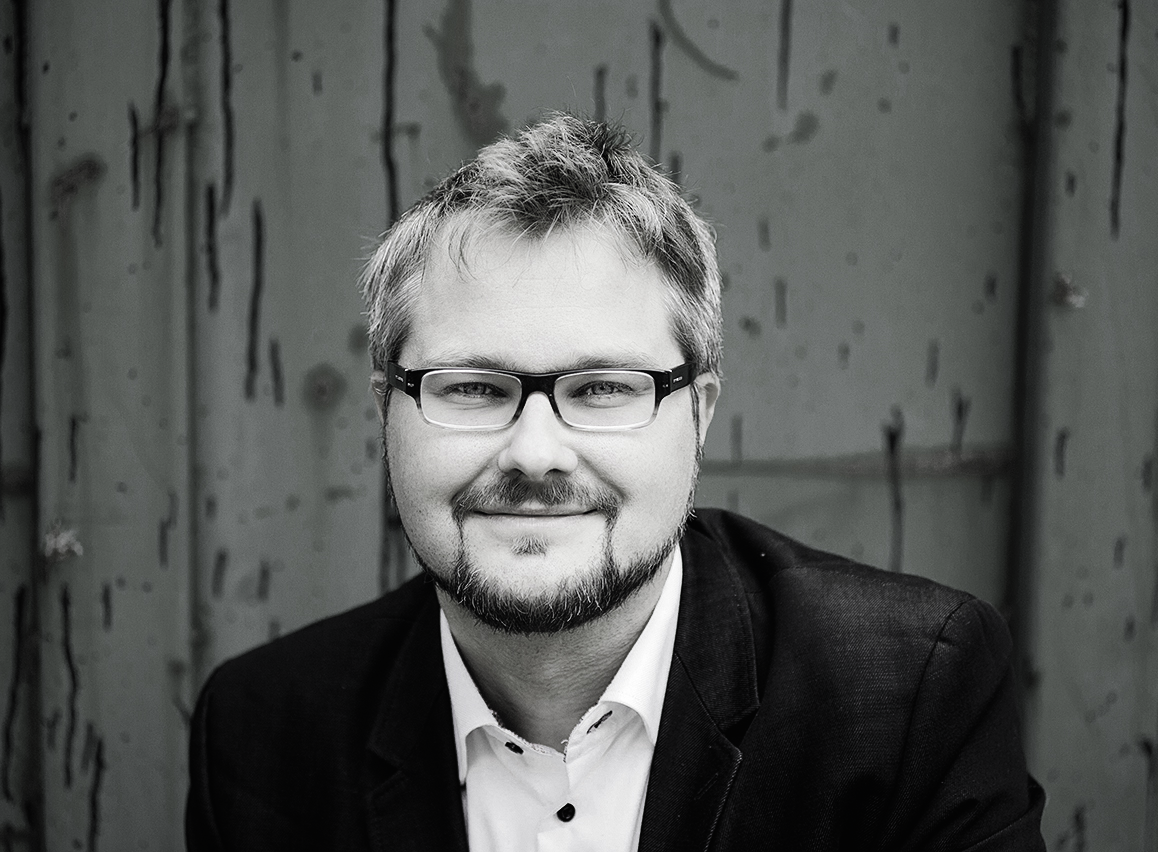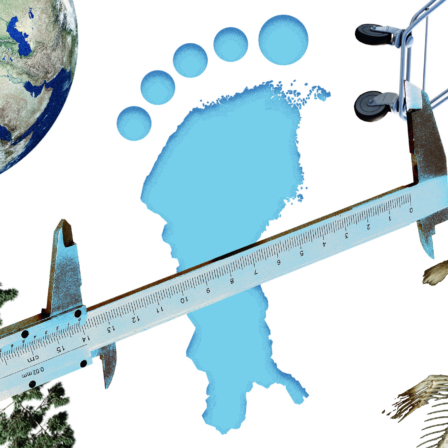Conditions for energy solutions off the electricity grid are basically quite favourable in Africa. Their advantages include considerably smaller investment costs than in centralised electricity production and the expansion of distribution networks. Kenya, the most modern economy of East Africa, is a good example, but it also demonstrates that solutions need to be tailored to according, for instance, to the way that consumers use money and their possibilities to do so.
Evaluation of Kenya’s production, distribution, and use of electricity is like the classical question of whether or not a glass is half-full or half empty. Half-full status is suggested by the fast pace with which consumers have been connected to the grid. As recently as in 2013 the grid covered only a quarter of all Kenyans, but now it extends to three out of four. That’s not a bad result at all.
However, the glass looks half-empty when viewed from a different angle. Kenya’s population is 45 million, but its electricity generation capacity is six times smaller than that of Finland with its five million inhabitants. Electricity production in Kenya has not kept up with the growth of the economy and the population, and blackouts are an everyday occurrence. Even in the capital Nairobi, where capacity is technically sufficient, the grid works so poorly that companies have acquired their own generators or other sources of power because of the regularly irregular blackouts.
Large, concentrated energy production projects that scale up to thousands of megawatts, are under way in the country, from geothermal energy to coal-fired power plants. There are also plans even for a large nuclear power plant with an output of 1,000 megawatts, which is slightly less than that of the plant being built by Fennovoima in Pyhäjoki.
The big problems have nevertheless encountered some problems. In fact, only the Lake Turkana wind power project, in which the Finnish development funding company Finnfund is one of the owners, was completed on schedule. This 310-megawatt wind park would already be capable of feeding electricity into the national grid – from a remote area to the capital Nairobi or to other urban and industrial centres. This is slim comfort, as the transmission line has not been completed, and the Spanish company that was responsible for building it is in bankruptcy. A new company is expected to complete the line by August 2018 according to an official statement of Kenya.
About half of Kenya’s electricity comes from underground in the form of geothermal energy from the lush land of the East African Rift Valley. The available production capacity is 630 megawatts. The construction of geothermal power plants needs to be stepped up, if Kenya is to hold on to its goal of raising the capacity to 5,000 megawatts by 2030.
And this is not all: bringing the electricity grid within reach of one new subsistence farmer in rural Kenya could cost 2,500 dollars (!), according to an energy consultant interviewed by The Economist magazine.
Solutions for individual households
It has been calculated in Sitra’s Green to Scale project that solar collectors could reduce annual climate emissions in Africa by 48 megatons by 2030, if their use on the continent were as widespread as it already is in China. Solar collectors could heat the water for household washing and cooking, for instance.
Kenya has promoted demand for solar collectors through legislation passed in early 2017. Under the law, all houses and buildings with either more than three bedrooms, or which consume more than 100 litres of water a day were required to have a warm water tank heated by solar collectors by November 26 last year. In addition to the private homes of more affluent Kenyans, this system was also supposed to have been found on the roofs of hospitals, restaurants, and schools.
Instead of reducing emissions, the law in Kenya is aimed at lowering peak consumption of electricity. As elsewhere in the world, also in Kenya people tend to take showers at about the same time every day. Power plant capacity needs to be scaled according to peak consumption, as is the case with transformers and the distribution system, but money comes in only from the energy that is actually sold. By evening out the peaks, grid investments can be made more profitable and control of the grid is easier, as there is less need to adjust the power plants.
One entrepreneur to benefit from the new law is Ville Paakkari, a Finn. His company, Scandinavian Solar Systems, imports and installs Chinese solar collectors. The company’s turnover increased many times over last year thanks to the law. Paakkari sometimes had to leave willing buyers empty-handed, because he did not have enough skilled technicians working for him.
The high demand was driven especially by Kenya’s Asians, who were eager to comply with the letter of the law. On the other hand, Paakkari’s company have only had a few representatives of the majority population as customers. And because they have not acquired collectors – at least not yet – the law does not seem to have a significant impact on evening out peak consumption.
This in spite of the fact that the system, which costs about a thousand euros, pays for itself in four years in the form of lower electricity bills, Paakkari says. Whether or not the majority population will buy solar collectors largely depends on efforts to enforce compliance with the law.
Hit product through sociological approach
One impediment to acquiring solar collectors is the price. This is especially the case in the Kenyan context, where interests on loans are sky high, while making investments that pay for themselves in a few years’ time is rare, owing to the general uncertainty of life.
However, these problems have not prevented the spread of off-grid solar electricity solutions for individual households, which utilise mobile payment systems. The importance of the achievement is boosted by the fact that companies in the field are looking for consumers that are less prosperous than Scandinavian Solar Systems, for instance.
The market leader in the field is M-KOPA Solar. It’s customers often do not even have bank accounts – or savings, for that matter. The systems of the company had brought electricity to 600,000 homes in Kenya and its neighbours Uganda and Tanzania by January 2018 – all within just a few years. In the coming three years, electricity is to be brought to a million more homes, the company predicts
In addition to solar panels, the basic model of M-KOPA Solar includes a few LED lights, a radio, a telephone charging cable, and a chargeable light torch. In technical field tests they have been honed to withstand heavy use and to have a very simple user interface.
Instead of having to pay for the systems at once, the customers first pay a deposit fee of about 35 dollars, and after that, 50 cents a day for a year. After this the devices are owned by the customers. The payments are handled directly by the M-Pesa mobile money system, and if payments are not made, the electricity is immediately cut off. The lights will go on again when money is paid onto the mobile account and the debit can be made.
This customer funding model was reached after a careful consumer study examining matters such as how much money the potential customers can pay and how frequently, and what the best way to collect the payments would be.
This “sociological” market approach of M-KOPA Solar has borne fruit: it is one of the companies that has collected the most risk funding in all of Africa.
















Recommended
Have some more.